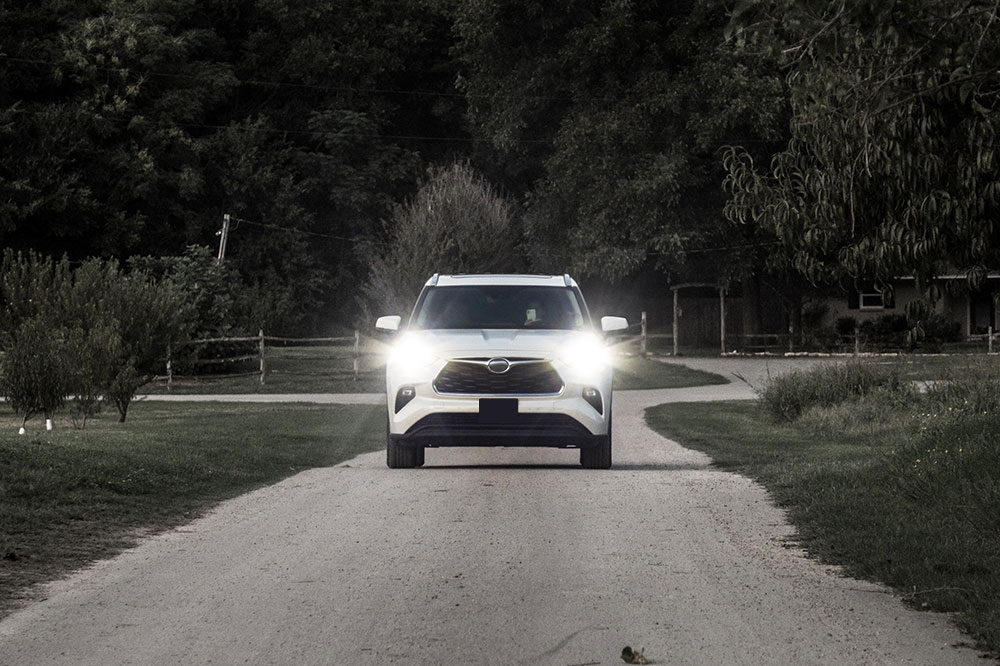6 early signs of sickle cell anemia

Sickle cell anemia is a rare genetic disorder that affects the red blood cells. responsible for carrying oxygen. Here, anemia specifically distorts the shape of some of the red blood cells, which are sickle or crescent moon-shaped instead of the natural round and flexible shape. This affects the movement of these cells in the body, disrupting blood flow. Recognizing warning signs of the condition can facilitate an early diagnosis and treatment, helping prevent further complications.
Early signs
Sickle cell anemia is an inherited disorder. So, in most cases, the early signs of to condition can be observed in infants at around six months of age. The symptoms can vary and also change over time as one gets older. However, here are some of the common early signs of sickle cell anemia:
1. Fatigue
The first clear indication of the condition is anemia, as sickle-shaped red blood cells (RBCs), being generally weaker than regularly shaped RBCs, tend to break down easily and deteriorate. Normal RBCs live for approximately 120 days before being replaced by newer cells. However, sickle cells stay in the body for about 10 to 20 days, leading to a shortage of RBCs. Without an adequate number of these cells, there is a drop in hemoglobin that carries oxygen around the body, leading to fatigue.
2. Swelling in the hands and feet
This is usually one of the first symptoms of sickle cell anemia observed in infants and toddlers. The red blood cells are not adequately flexible due to their irregular shape and tend to get stuck in the blood vessels. As a result, blood flow is blocked in the smaller bones of the feet and hands, causing swelling in these parts.
3. Frequent infections
Sickle cells are known to cause damage to the spleen. This results in higher vulnerability to infections, especially among infants and toddlers. So, those affected are at a high risk of infections such as pneumonia.
4. Chronic pain
This is one of the major early signs of sickle cell anemia. In the initial stages, sickle cell anemia can cause episodes of severe pain, often referred to as pain crises. The symptom is a result of disrupted blood flow through the vessels. Here, a blockage is created by the sickle or crescent-moon shape of the RBCs, usually in specific areas of the body such as the abdomen, chest, and joints. During an episode, the intensity of the pain can range from mild to severe, lasting a couple of hours to several days. Sometimes, the pain may require immediate medical intervention. The episodes can occur a couple of times in a year or a dozen times.
5. Delayed growth or puberty
Healthy RBCs transport oxygen and nutrients to the body to enable growth. However, when dealing with sickle cell anemia, the shortage of RBCs leads to slower growth in children. In the case of teenagers, puberty can be delayed.
6. Vision problems
In some cases, the blood vessels of the eyes are blocked by the sickle cells. This may potentially cause damage to the retina and lead to vision problems.
When a child is at risk of the condition, doctors may advise parents to keep an eye out for the abovementioned early signs of sickle cell anemia to help them seek an early diagnosis.










